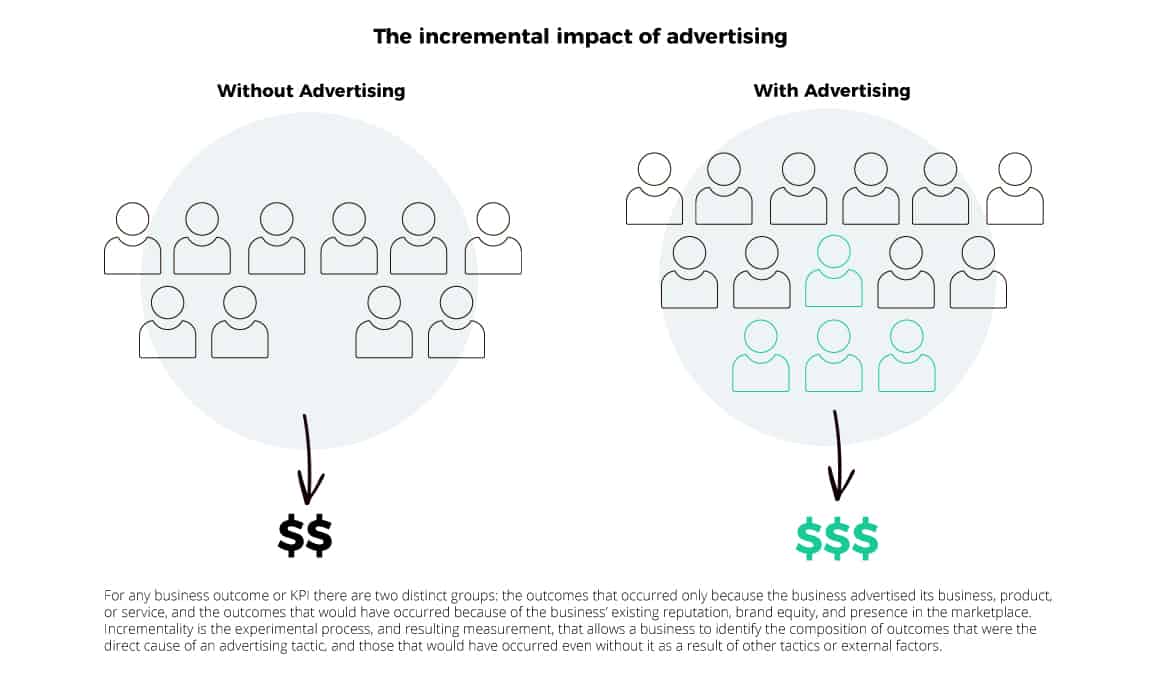
Moti Radomski
VP, Product @ Skai

Moti Radomski
VP, Product @ Skai
In almost every survey about marketing measurement challenges, practitioners cite so many different issues.
Marketers report having trouble integrating data sources, often have conflicting ad  results from different sources, and almost half (48%) say that they have difficulty measuring attribution. This survey is from 2019, but if you were to look back at 2009, 1999, or even the beginning of digital marketing, marketers have reported having trouble with measurement.
results from different sources, and almost half (48%) say that they have difficulty measuring attribution. This survey is from 2019, but if you were to look back at 2009, 1999, or even the beginning of digital marketing, marketers have reported having trouble with measurement.
Understanding what is and isn’t working is absolutely critical to improving marketing results, yet solid measurement still eludes us. No marketer would argue that measurement isn’t critically important, which is why marketers are willing to work with flawed systems—because even if it isn’t perfect, it’s still needed. So they work with these known issues and do the best they can with the data they have.
So, why is digital marketing measurement so flawed?
It’s because it’s been focused on tracking every marketing exposure to individuals. Although this is certainly the ideal state for marketing measurement, no marketer has ever been able to achieve 100% success with it.
Let’s face it, marketers—tracking the consumer journey is virtually impossible.
But, somehow, most marketers have arrived at the conclusion that it is a requirement of marketing measurement.

Let’s consider the individual customer journey tracking viability with regards to 5 different buckets:
As you can see, only #2 and #5 have any level of individual consumer journey tracking and even those have limitations.
So, if just a fraction of total marketing exposure can be traced back to individual journeys, then why is our marketing measurement so tied to this requirement? Yet, for most marketers, measurement based on individual customer journeys is the conclusion that they’ve come to and—no matter how flawed—the only thing that they’ll accept.
While marketers have accepted that their marketing measurement tied to individual customer journeys is flawed, they’ve continued to believe in the viability of this measurement approach.
But, this faith is being tested.
What if I was to tell you less than 30% of the results you measure are correct? Are you still going to hold on to your customer journey-based measurement system?
What about less than 20%?
Less than 10%?
Less than 5%?
So, marketers. I ask you: How flawed are you willing to accept your measurement approach?
In the last few years, consumer data privacy legislation and policies have begun to limit the tracking power of cookies and mobile IDs. Once Google finally institutes its third-party cookie limitations on Chrome in 2021, between 80-90% of all web traffic will be impacted. The coming changes to IDFA in iOS 14 will have a similar impact on all iPhone users. These changes make tracking individual users to marketing exposure at scale very fractured.
At what point will you look for another solution? A cookieless solution? Something that can truly tell you the incremental value of your marketing efforts down to the tactic and channel levels? A solution that doesn’t rely on individual customer journeys.
It’s out there. It’s actually been used for decades.
It was just too complex, expensive, and slow to be used at scale.
However, with new innovation in AI and machine learning, it has made this measurement approach easier, inexpensive, and fast enough to become part of the day to day marketing decision-making.
It’s called incrementality.
And if you haven’t started exploring this yet, you can bet your competitors have and may already have switched their customer journey-based tracking to incrementality in anticipation of the Chrome policy. And the added benefit of building an incrementality practice is that not only is it a complete solution for online marketing measurement, but for solving the challenge of online/offline measurement as well.
As marketers, there are moments where we should admit we might have gotten a little carried away. With everything that computers, the internet, big data, and machine learning have brought us, we have gotten so focused on what we can measure, that we’ve lost sight of what we actually need.
In our pursuit of that perfect view, we’ve assumed that omniscience is the answer. If only we could track every touchpoint, every interaction, and every step in the consumer journey, we would reach Marketing Nirvana. With perfect information, no dollar would be wasted, no ad impression served in error.
But marketing is not about the ad impressions. It’s about the results.
The central question we want to answer in marketing is whether we are making an impact. Put another way, how much of the business’ sales, revenue, or profit is because of the advertising we served, and how much would have happened anyway? If we didn’t exist, would the business still be growing? Would the current sales slump be even deeper? Would our key product still be a market leader? Are our investments in TV, email, search, social, video, display, and everything else wasted?
Answering these questions doesn’t require omniscience or prayer to the ad serving gods. Incrementality is the measurement approach that enables marketers to understand how much of their business KPIs were caused by their advertising tactics, and how much would have happened even if their advertising never ran. And it can be done without cookies or user level data of any kind.
For any business outcome or KPI there are two distinct groups: the outcomes that occurred only because the business advertised its business, product, or service, and the outcomes that would have occurred because of the business’ existing reputation, brand equity, and presence in the marketplace.
Incrementality is the experimental process, and resulting measurement, that allows a business to identify the composition of outcomes that were the direct cause of an advertising tactic, and those that would have occurred even without it as a result of other tactics or external factors.

Incrementality does not try to assign credit directly to individual ad impressions or discrete outcomes. Rather it looks at the aggregate advertising activity and accumulated outcomes to understand whether there is a causal relationship and how strong that relationship is.
Skai’s incrementality platform is called Impact Navigator. For all of the power of incrementality experiments and measurement, historically, execution has been incredibly resource-intensive. Impact Navigator is a service platform that enables marketers and businesses to measure the incremental impact of advertising tactics on their on and offline business metrics.
Impact Navigator operationalizes incrementality to enable measurement at scale, and in measuring end business outcomes, marketers’ decision making becomes driven by the same data and KPIs as the rest of the business, rather than limiting them to the attributed online outcomes previously available.
Facing marketing measurement challenges alone can be daunting without a solid technology partner. Are you interested in learning more about how Skai can help you better test, execute, and orchestrate your digital marketing efforts?
Contact us today to set up a discussion. Time is running out. The changes to Chrome and iOS14 will be here eventually and you will want your marketing organization ready before that happens.
Get a demo of Impact Navigator
You are currently viewing a placeholder content from Instagram. To access the actual content, click the button below. Please note that doing so will share data with third-party providers.
More InformationYou are currently viewing a placeholder content from Wistia. To access the actual content, click the button below. Please note that doing so will share data with third-party providers.
More InformationYou are currently viewing a placeholder content from X. To access the actual content, click the button below. Please note that doing so will share data with third-party providers.
More Information